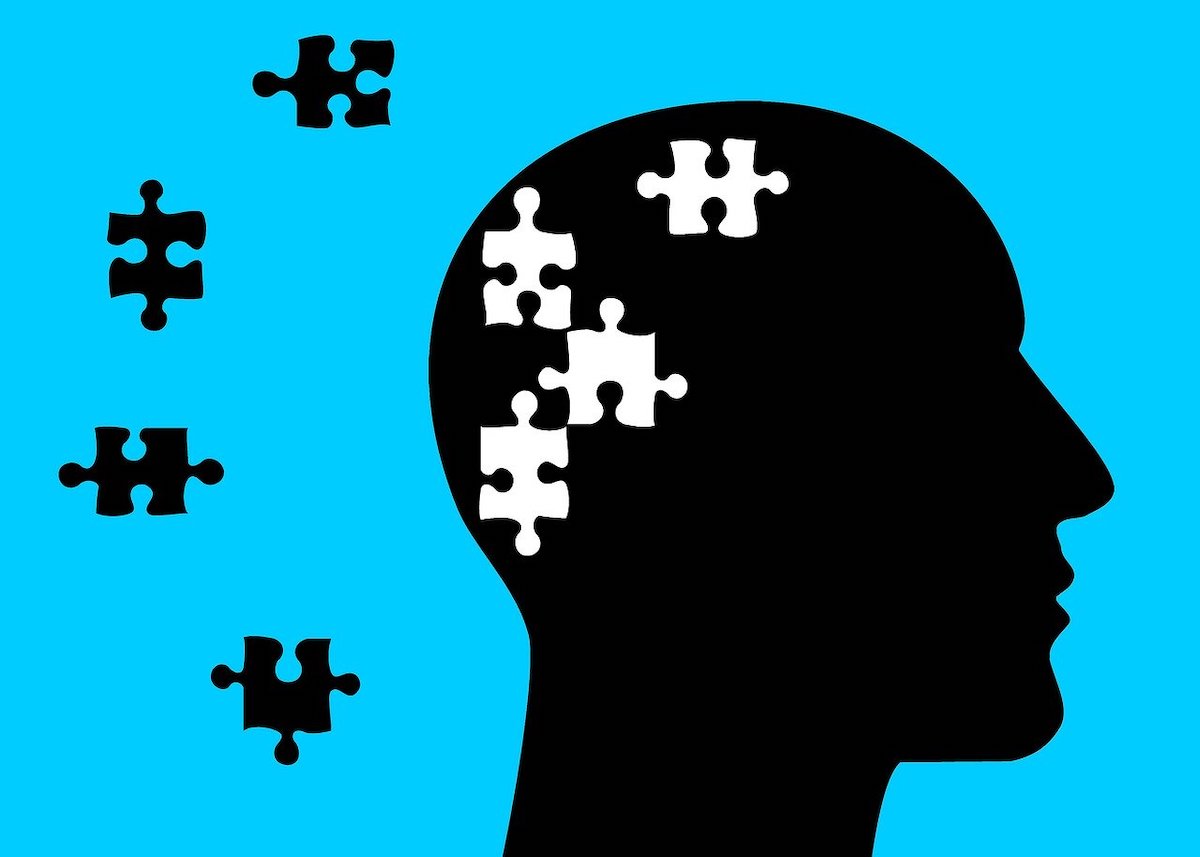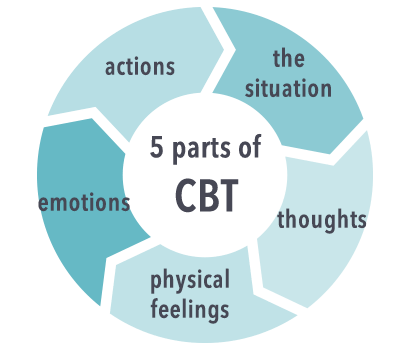What is DBT?
DBT was originally developed to treat borderline personality disorder. However, research shows that DBT has also been used successfully to treat people experiencing depression, bulimia, binge-eating, bipolar disorder, post-traumatic-stress disorder, and substance abuse. DBT skills are thought to have the capability of helping those who wish to improve their ability to regulate emotions, tolerate distress and negative emotion, be mindful and present in the given moment, and communicate and interact effectively with others.

How DBT Works?
DBT has now evolved into an evidence based psychotherapy approach for a variety of conditions. When a person is undergoing DBT, they can expect to participate in three therapeutic settings: ³
- A group setting where a person is taught behavioral skills by doing homework assignments and role-playing new ways of interacting with people.
- Individual therapy with a trained professional where those learned behavioral skills are adapted to the person's personal life challenges.
- Phone coaching in which a person can call their therapist in between sessions to receive guidance on coping with a difficult at-the-moment situation.
In DBT, individual therapists also meet with a consultation team to help them deal with the emotional demands in treating their patients and help them navigate difficult and complex issues.
While each therapeutic setting has its own set structure and goals, the following characteristics of DBT are found in group skills training, individual psychotherapy, and phone coaching:¹
- Support:You'll be encouraged to recognize your positive strengths and attributes and develop and use them.
- Behavioral:You'll learn to analyze any problem or destructive behavior patterns and replace them with healthy and effective ones.
- Cognitive:You'll focus on changing thoughts or beliefs and behavior or actions that are not effective or helpful.
- Skill sets:You’ll learn new skills to enhance your capabilities.
- Acceptance and change:You’ll learn strategies to accept and tolerate your life, emotions, and yourself as well as skills to help you make positive changes in your behaviors and interactions with others.
- Collaboration: You'll learn to communicate effectively and work together as a team (therapist, group therapist, psychiatrist).
DBT Strategies
People undergoing DBT are taught how to effectively change their behavior using four main strategies.¹
Core Mindfulness
Mindfulness skills, which is perhaps the most important strategy in DBT, teaches you to focus on the present or “live in the moment.” By doing so, you can learn to pay attention to what's going on inside of you (thoughts, feelings, sensations, impulses) as well as what's outside of you (what you see, hear, smell, and touch) in non-judgemental ways. These skills will help you to slow down so you can focus on healthy coping skills in the midst of emotional pain. Mindfulness can help you to stay calm and avoid engaging in automatic negative thought patterns and impulsive behavior.
Sample Exercise: Observe Mindfulness Skill
Pay attention to your breath. Take note of the sensation of inhaling and exhaling, observing your belly rise and fall as you breathe.
Distress Tolerance
Distress tolerance teaches you to accept yourself and the current situation. More specifically, you learn how to tolerate or survive crises using four techniques: distraction, self-soothing, improving the moment, and thinking of pros and cons of not tolerating distress. By learning distress tolerance techniques, you'll be able to prepare in advance for any intense emotions and cope with them with a more positive long-term outlook.
Sample Exercise: Putting Your Body in Charge
Run up and down the stairs. If you're inside, go outside. If you're sitting, get up and walk around. The idea is to distract yourself by allowing your emotions to follow your body.
Interpersonal Effectiveness
Interpersonal effectiveness helps you to become more assertive in a relationship (for example, expressing needs and saying "no") while still keeping that relationship positive and healthy. This happens by learning to listen and communicate effectively, deal with difficult people, and respect yourself and others.
Sample Exercise: GIVE
Use the acronym GIVE to improve relationships and positive communication:
- Gentle: Don't attack, threaten, or judge
- Interest: Show interest with good listening skills (don't interrupt to speak)
- Validate: Acknowledge the person's thoughts and feelings
- Easy: Try to have an easy attitude (smile and stay light-hearted)
Emotion Regulation
Emotion regulation provides a set of skills that helps one more effectively navigate powerful feelings. It teaches you to identify, name, and change your emotions. By recognizing and coping with intense negative emotions (for example, anger), you can reduce your emotional vulnerability and have more positive emotional experiences.
Sample Exercise: Opposite Action
Identify how you're feeling and do the opposite. If you're sad and feel like withdrawing from friends and family, do the opposite. Make plans to see family and friends and stay social.
Is DBT Right for You?
While the majority of research to date has focused on the effectiveness of DBT for people with borderline personality disorder who struggle with thoughts of suicide and self-harm. DBT has also been used in the treatment of a variety of mental health conditions including:1
- Attention-deficit/hyperactivity disorder (ADHD)
- Binge eating disorder
- Bipolar disorder
- Bulimia
- Generalized anxiety disorder
- Major depressive disorder (including treatment-resistant major depression and chronic depression)
- Post-traumatic stress disorder
- Substance use disorder
Researchers have also found that DBT is effective regardless of age, sex, sexual orientation, and race/ethnicity.3 The best way to figure out if DBT is right for you is to talk with a mental health professional, who will evaluate your symptoms, treatment history, and therapy goals to determine the best next step.
If you believe that you or a loved one may benefit from DBT, please seek guidance from a doctor or healthcare professional trained in this treatment approach. DBT therapists aren't always easy to locate.
Try DBT With an Online Therapist
Article Sources
- What Is Dialectical Behavior Therapy (DBT)?The Linehan Institute Behavioral Tech. Published 2017.
- May J, Richardi T, Barth K.Dialectical behavior therapy as treatment for borderline personality disorder. Mental Health Clinician. 2016;6(2):62-67. doi:10.9740/mhc.2016.03.62
- Van Dijk S, Jeffrey J, Katz MR.A randomized, controlled, pilot study of dialectical behavior therapy skills in a psychoeducational group for individuals with bipolar disorder.J Affect Disord. 2013;145(3):386-93. doi:10.1016/j.jad.2012.05.054



